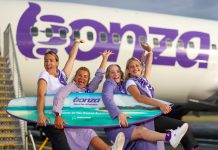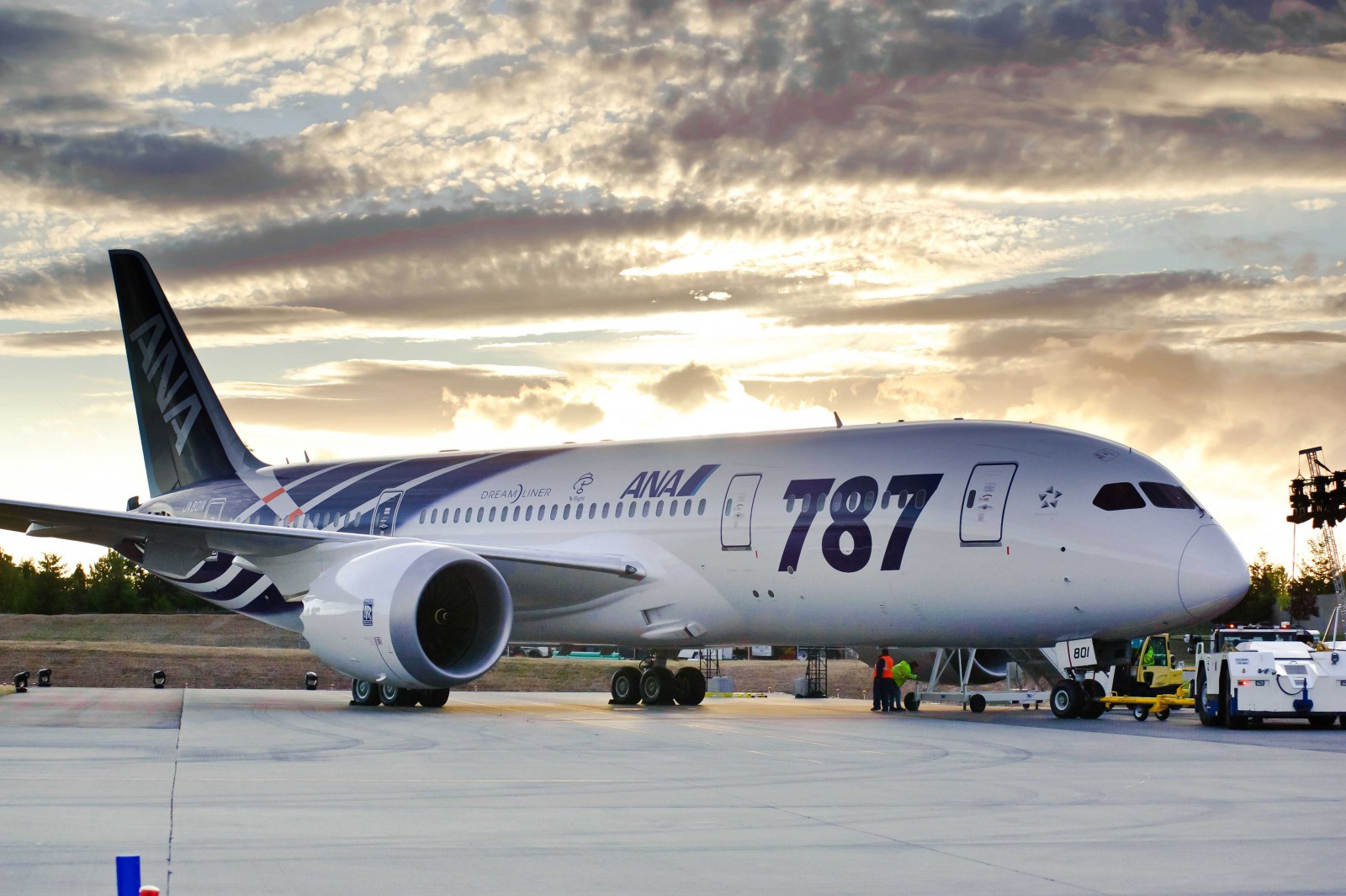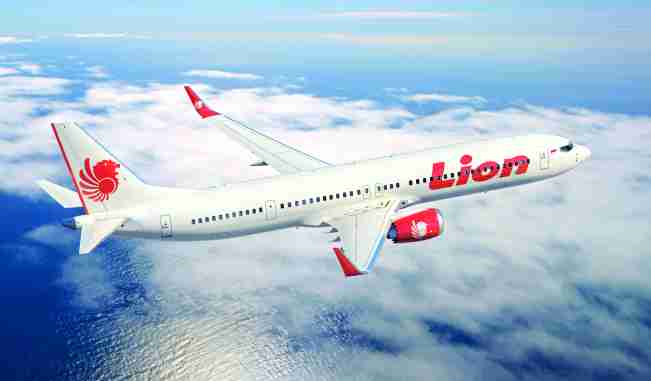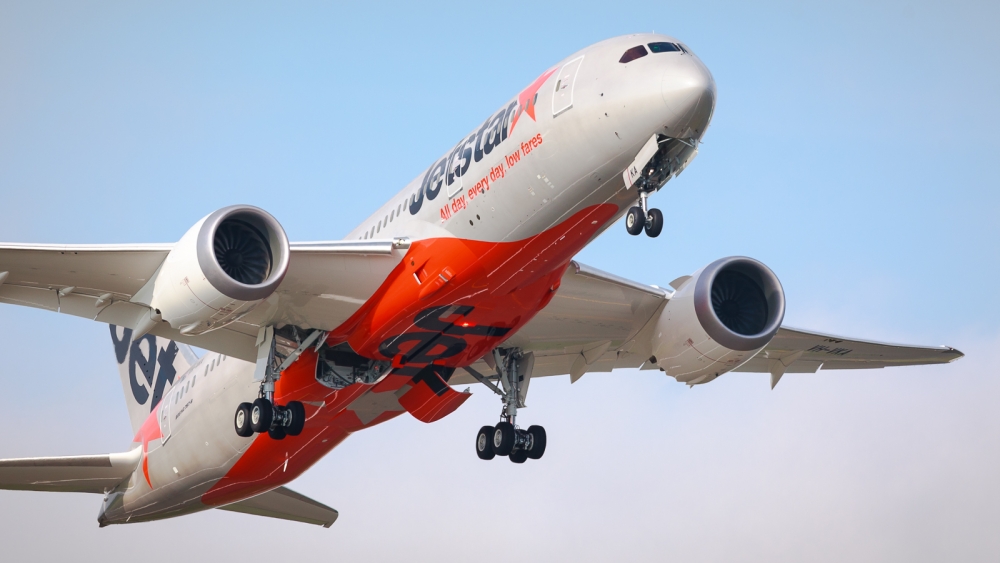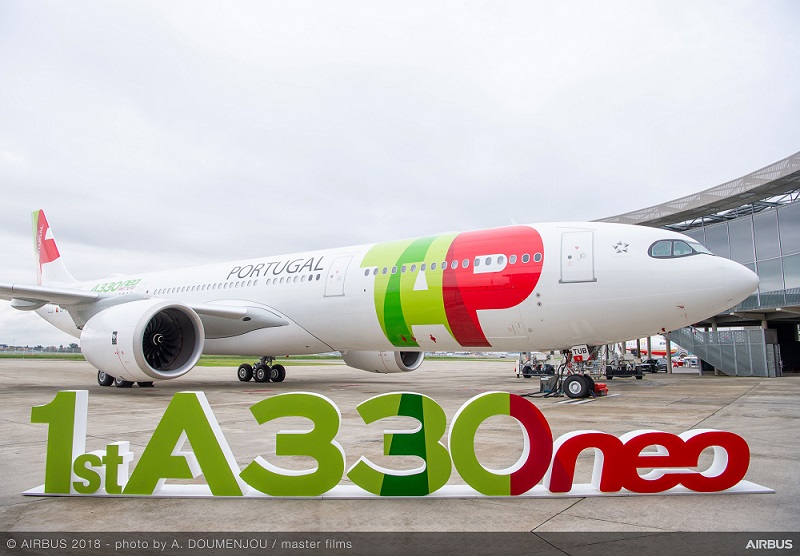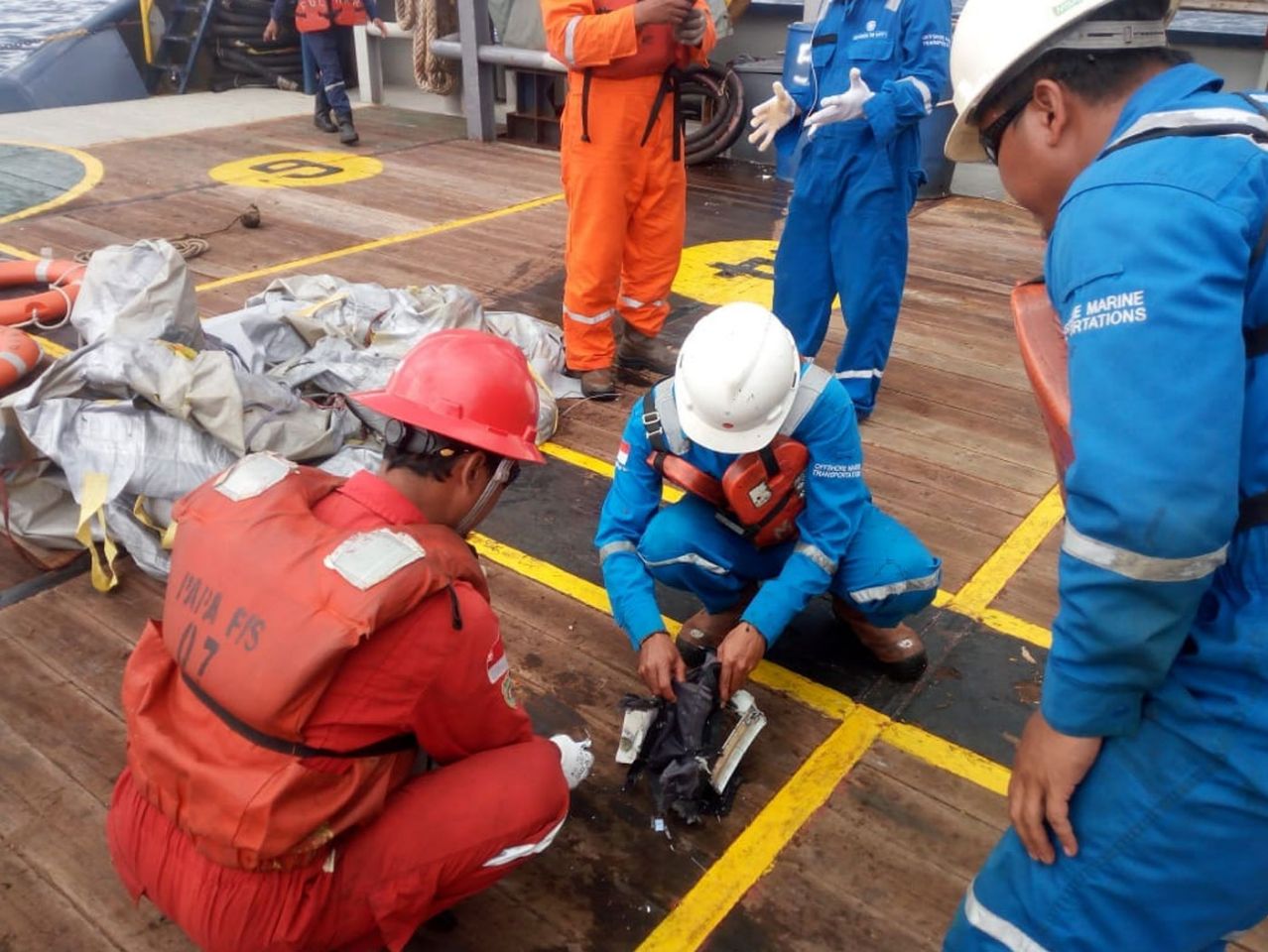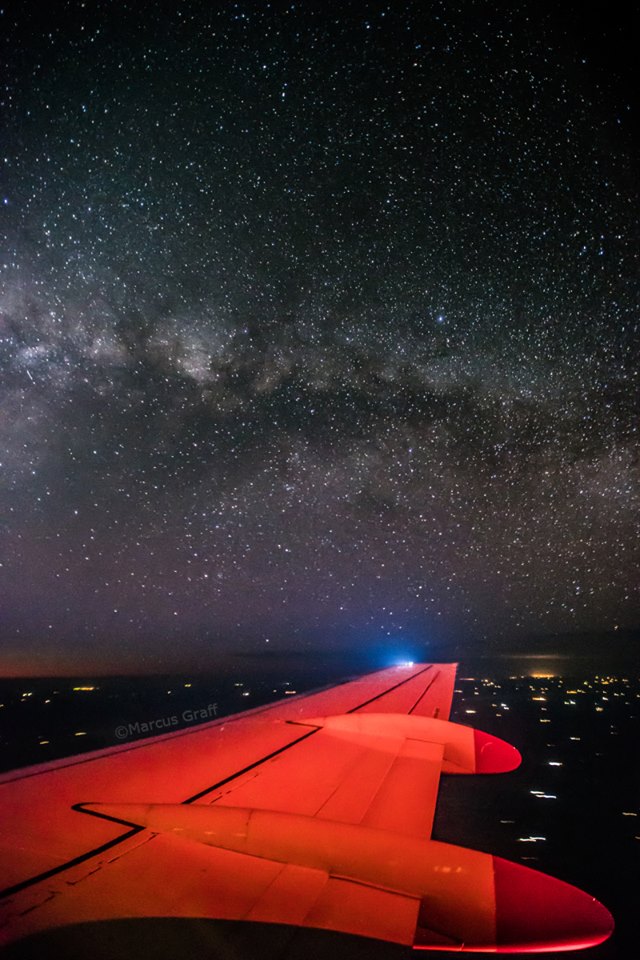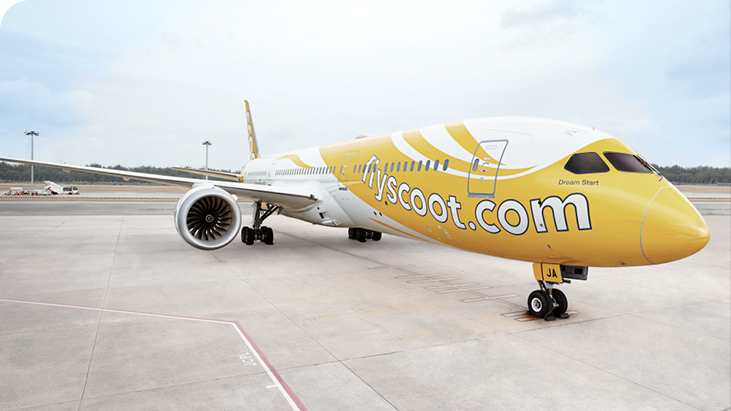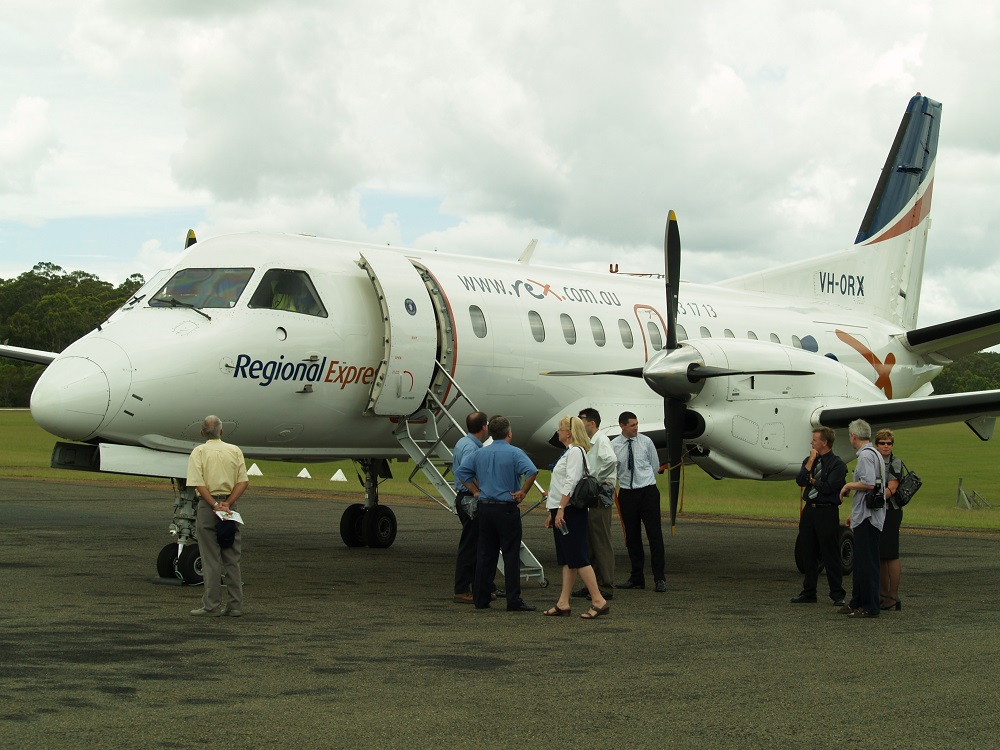Questions have been raised about Lion Air maintenance procedures and work done on a crucial angle of attack sensor the airline’s logs say was replaced and tested ahead of last month’s fatal flight.
They come after Indonesia’s National Transportation Safety Committee released a preliminary report on the October 29 fatal crash of a Boeing 737 MAX 8 that confirmed the aircraft experienced problems on four previous flights.
See: Dispelling the myths about flying.
The report also appears to confirm that the pilots in the fatal crash of the doomed plane did not follow the same procedures as a Lion Air crew that landed the same plane safely the night before after experiencing a similar problem.
The problems on the four previous flights occurred in the three days before Boeing 737 MAX 8 slammed into the sea with 189 people on board after leaving Jakarta.
READ Lion Air aware of new 737 flight system.
The report confirmed that the captain on Denpasar-Jakarta flight on October 28 discussed maintenance done on the plane with an engineer and was told the angle of attack sensor had been replaced and tested.
When the plane took off from Denpasar, however, a stick shaker designed to warn of an impending aerodynamic stall activated and at 400ft the captain noted that an indicated airspeed (IAS) disagree warning was showing on the primary flight display.
He also noticed that the aircraft was automatically trimming nose down and after this happened three times the co-pilot, who was flying the aircraft, commented that the control column as too heavy to hold back.
The pilot then moved to shut down the automatic trim system by moving the STAB TRIM switches to the cut-out position.
This was in accordance with the runaway stabilizer non-normal checklist in the 737 MAX Flight Crew Operations Manual and was the procedure that was the subject a Boeing bulletin and a US Federal Aviation Administration emergency airworthiness directive.
The co-pilot then continued the flight with manual trim and without auto-pilot to land safely in Jakarta.
However, the report noted that three non-normal checklists performed by the crew did not contain instructions to land at the nearest suitable airport.
There have been questions about why the aircraft was allowed to continue to fly and why, if it had been fixed, it was still malfunctioning.
Manufacturer Boeing noted in a statement the report did not include records as to the installation or calibration of the new sensor nor whether it was new or refurbished.
“Although the report states that the pilot was satisfied by the information relayed by the engineer that the AOA sensor had been replaced and tested, on the subsequent flight the pilots again experienced problems with erroneous airspeed data, and also experienced automatic nose down trim,” Boeing said.
After reaching Jakarta, the captain informed an engineer about the aircraft problem and entered indicated airspeed and altitude disagree as well as feel differential pressure (on the control column in the flight log. He also reported it through an electronic reporting system
The engineer flushed the left pitot air data module (ADM) and static port ADM to rectify the altitude disagree problem and performed a ground test.
There is no suggestion the the angle of attack sensor from the October 28 flight was replaced or repaired.
When Lion Air Flight 610 took off from Jakarta on October 29, the pilots again faced a stick shaker on rotation which continued throughout the flight.
The pilots also faced a difference between left and right angle of attack readings of about 20 degrees that again continued throughout the flight.
The co-pilot asked an air traffic controller to confirm the attitude of the aircraft and asked for the speed as shown on the radar display. He reported there was a flight control problem.
When the flaps retracted, the report said, the flight data recorder showed automatic nose down trim for 10 seconds followed by a nose up response from the flight crew.
This stopped when the flaps extended but began again when they were once more retracted and continued for the rest of the flight with the crew repeatedly commanding nose-up trim to counter the automatic system.
At one stage, the captain advised air traffic control that the aircraft’s altitude could not be determined because all the instruments were giving different readings.
Although not mentioned in the report, the downward trim was due to to a flight control law, the Maneuvering Characteristics Augmentation System (MCAS), added to the 737 MAX to help pilots cope with a stall.
The main intent of MCAS is to make the MAX respond to a stall in a way pilots would find consistent with other 737 models.
It is essentially software that helps push down the nose if the aircraft’s computers detect a high angle of attack.
There has been controversy among US pilots about whether Boeing flagged the feature sufficiently.
However, it is disabled if the crew follow the runaway stabilizer protocols followed by the crew on the October 28 flight.
Yet there is no mention, as Boeing pointed out, of the crew following the same procedure as their counterparts the previous night.
“Data from the flight data recorder summarized in the report also makes clear that, as on the previous flight, the airplane experienced automatic nose down trim,’’ the manufacturer said.
“In response, the flight crew repeatedly commanded nose up trim. This sequence repeated for the remainder of the flight, during which the flight crew was able to maintain control of the airplane for approximately ten minutes.
“Unlike as is stated with respect to the prior flight, the report does not state whether the pilots performed the runaway stabilizer procedure or cut out the stabilizer trim switch.’’
The search for the cockpit voice recorder continues and the committee told Lion Air, which has taken a number of safety actions, to improve aspects of its safety culture.
It said that parts of the operation manual relating to discontinuing a flight when there is problem be implemented “to enable the pilot to make a proper decision to continue the flight”
It also said that all operations documents be properly filled out and documented after the weight and balance sheet for the flight said there were five flight attendants when there were six.
Preliminary reports deal with facts surrounding an accident and an analysis will not come until the full report.




